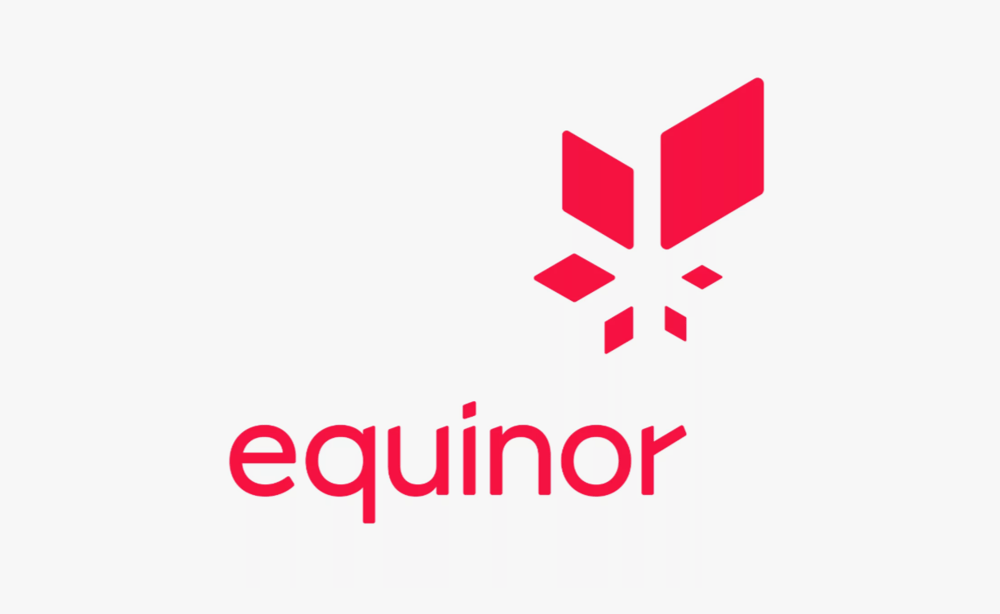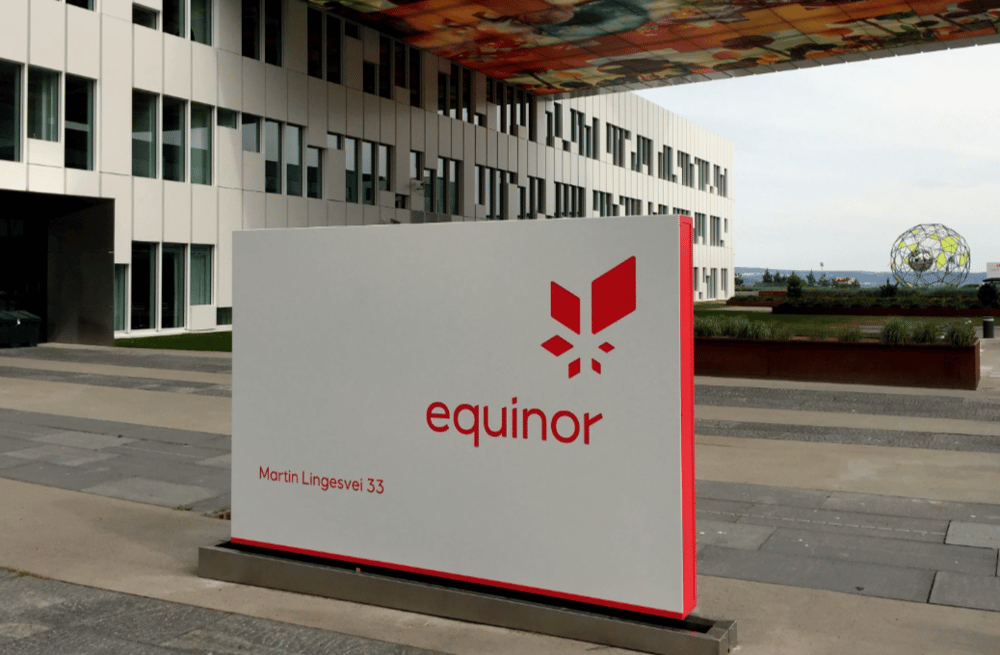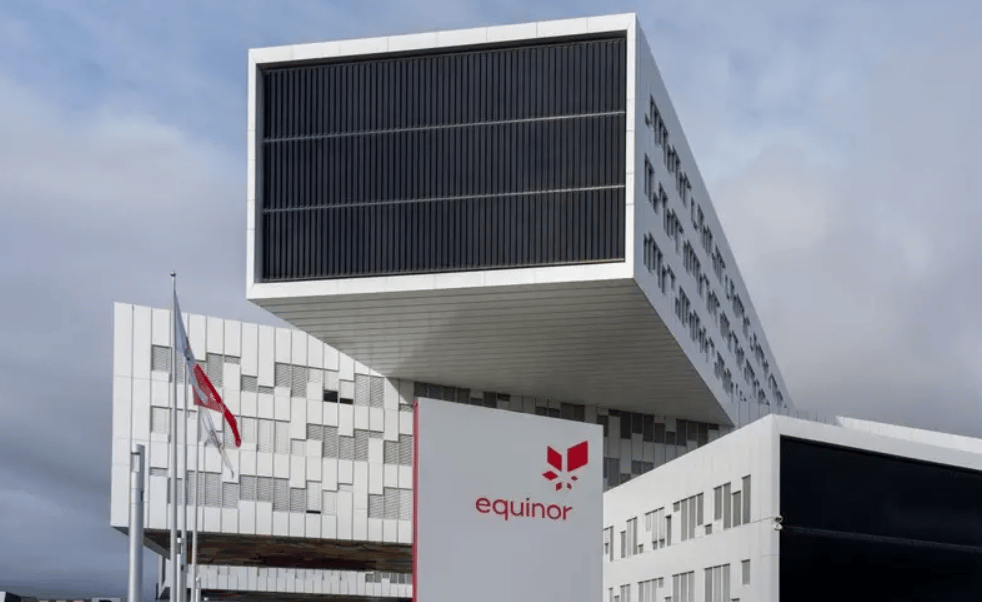Norwegian energy giant Equinor is once again reaffirming its strategic vision by merging its renewable energy projects with gas power plants and energy storage solutions. This move comes as a response to the surging global demand for electricity driven by the rapid growth of artificial intelligence, data centers, and the worldwide shift toward a "green" economy. While Equinor continues to generate a significant portion of its revenue from oil and gas, this new initiative highlights the company’s commitment to creating a hybrid model that integrates traditional energy sources with modern, sustainable technologies.
A New Era in Energy – Shaping a Future Driven by Innovation
Current challenges in the energy sector demand that companies not only refine their existing business models but also embrace innovative technological solutions. Equinor's decision to integrate renewable energy with established gas plants and storage facilities exemplifies an adaptive strategy designed to balance traditional sources of revenue with cutting-edge approaches. This initiative reflects the dynamic interplay between the reliability of fossil fuels and the potential of sustainable energy, addressing both present needs and future trends.
Advancements in technology—especially in artificial intelligence and data processing—are reshaping energy production and distribution. As global industries upgrade their digital infrastructures, the demand for a consistent, efficient, and environmentally friendly energy supply is higher than ever. Equinor's integrated strategy demonstrates its readiness to transform an industry traditionally driven by fossil fuels into one that values sustainability and efficiency alongside innovation.
Three Pillars of Strategic Transformation
1. Asset Integration – By unifying renewable energy projects, gas power generation, and energy storage systems, Equinor is streamlining the coordination of its diverse business units.
2. Infrastructure Investment – Modernizing existing energy systems alongside the implementation of state-of-the-art technology enables the company to meet escalating energy demands.
3. Focus on Sustainability – Pursuing environmentally friendly energy sources as part of the global trend towards a green economy marks a crucial element in the company’s modernization efforts.
These strategic pillars underline Equinor's ambition to create synergy between time-tested traditions and forward-thinking technological innovations, opening new avenues for growth within the energy arena.
Key Drivers Behind the Market Transformation
• Increasing demand for electricity fueled by digital transformation and the expansion of the tech industry
• A shift towards adopting environmentally friendly technologies and sustainable development practices
• Rapid advancements in AI and automation that drive efficiency improvements across energy systems
• An evolving investment landscape that emphasizes long-term stability over short-term profits
These factors are at the heart of the transformation observed in the energy sector today. The industry is not merely adapting to changes but is undergoing a fundamental shift that harmonizes conventional methods with innovative, sustainable practices.
The Combined Approach for Sustainable Growth
Equinor's approach serves as a powerful example of how merging modern technological capabilities with traditional energy production can pave the way for a resilient future. By incorporating renewable energy and energy storage into its operations, the company works to create a stable foundation that mitigates dependency on fluctuating oil and gas prices. This strategy not only supports long-term profitability but also aligns with global economic trends that prioritize sustainability and efficiency.
Furthermore, this integrated model opens up opportunities for revenue diversification, which is critical in an industry marked by volatility. Equinor is actively investing in cutting-edge infrastructure, developing new technological solutions, and expanding the geographical reach of its projects. These initiatives not only bolster its position in the global energy market but also support a gradual yet steady transition away from the unpredictable nature of fossil fuels.








This sale might set a groundbreaking precedent that reshapes the integration of automation in the technology sector